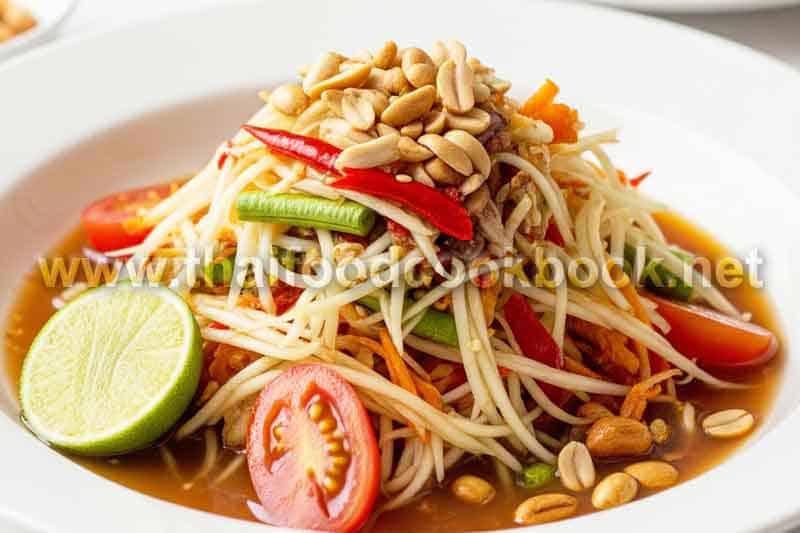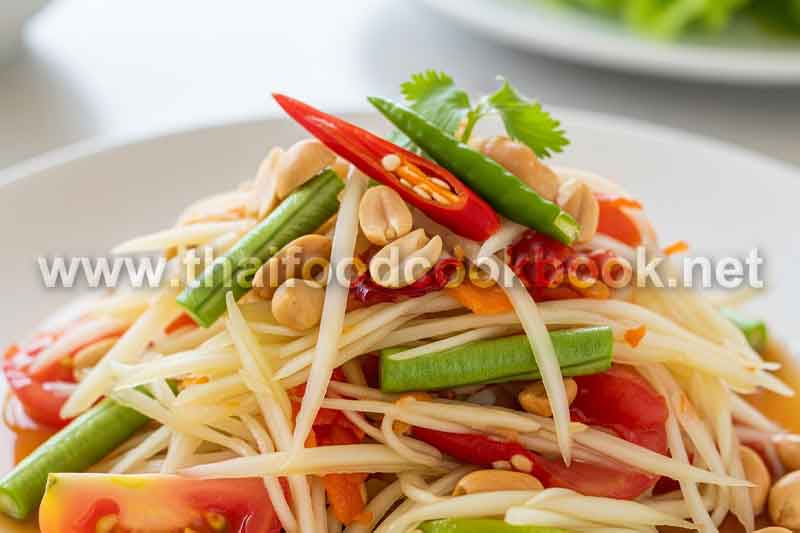How to stop coconut milk from curdling in a curry
When a cook learns how to stop coconut milk from curdling in a curry, they unlock the secret to silky, restaurant-style sauces with a rich mouthfeel and glossy finish. Many home cooks assume coconut milk splits because of improper brand choice alone, but in reality curdling is the natural breakdown of an emulsion under aggressive heat or wrong ingredient timing. The easiest way to prevent your coconut milk from splitting is to manage temperature, fat concentration, and cooking sequence the same way traditional Thai cooks do. When coconut cream is reduced slowly at the beginning, its fat network stabilizes and becomes more resistant to rupture later. This is why longtail methods like tempering liquids, simmering instead of boiling, and adding salty ingredients late in the process create a stronger, smoother curry texture. Understanding these science-based adjustments turns guesswork into confidence and allows your curry to stay velvety from the first simmer to the final spoonful.
Common Causes of Coconut Milk Separation in Curry
Coconut milk behaves differently from dairy cream—it contains fat molecules suspended in water, held together only by natural emulsifiers. When you heat it beyond its threshold or dilute it too early, the fat pulls away and floats to the surface. Most cases of broken curry come from technique, not ingredients, and the most frequent mistakes include:
- Boiling the curry base too early instead of simmering gently.
- Adding cold stock or vegetables with high water content before the paste has bonded with the cream.
- Using low-fat or over-processed canned milk that lacks enough coconut solids to stabilize.
- Adding salty ingredients too soon (fish sauce or soy sauce can trigger separation).
- Rapid temperature swings caused by reheating leftovers over high flame.
Once these triggers are understood, prevention becomes simple: you control emulsion by controlling timing. Heat, salinity, and moisture are the three major factors that either protect or destroy the texture of your curry. The more gentle your approach, the more glossy and aromatic your finished dish will be.
Technique Improvements to Prevent Coconut Milk From Curdling
If you want consistently smooth curry texture, the best solution is to treat coconut cream like a fragile ingredient that rewards patience. Traditional Thai cooks do this unconsciously, but at home you can follow simple changes to build stability from the start:
- Start with thick coconut cream and gently crack it on medium heat before thinning it with liquid.
- Bloom the curry paste in the oil released by the cream for deeper bonding.
- Introduce broth gradually and only after the paste is fully cooked.
- Reserve salty ingredients and acids for later so they do not shock the emulsion.
- Simmer low and steady—boiling is the enemy of smooth coconut milk texture.
Additionally, reheating must be slow and respectful. High flame reheating breaks emulsions that were perfectly stable earlier. If reheating the next day, warm a small ladle of curry first to temper the fat, then reincorporate it into the main pot. These little changes produce dramatic improvements in consistency, fragrance, and mouthfeel—especially in red curry, green curry, and Panang, where coconut fat is central to the flavor experience.
Final Summary and Ingredient-Based Solutions for Better Curry
The secret is not in buying a stronger brand, but in stabilizing the fat network so it resists curdling under heat. You prevent separation by reducing coconut cream first, simmering instead of boiling, delaying salty ingredients, and tempering extra liquids before adding them to the pot. When ingredients bond in the right sequence, your curry finishes glossy, aromatic, and naturally smooth. For those who want a deeper look into traditional emulsification methods and ingredient behavior in Thai cuisine, expert explanations on coconut milk emulsification show why technique matters more than brand labels. Master these fundamentals once, and you’ll never have a broken curry again.

